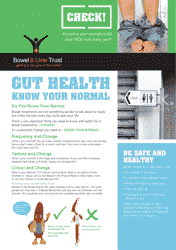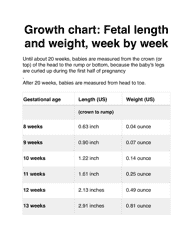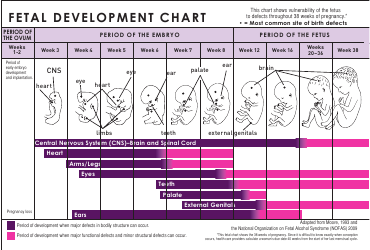Fetal Movement Count Chart
The Fetal Movement Count Chart is used to keep track of a pregnant woman's baby's movements. It is a tool to monitor the baby's well-being and can help identify any potential issues.
Pregnant individuals typically file the fetal movement count chart.
FAQ
Q: What is a fetal movement count chart?
A: A fetal movement count chart is a tool used by pregnant women to track the movements of their baby in the womb.
Q: Why is it important to monitor fetal movements?
A: Monitoring fetal movements is important because it can indicate the well-being and health of the baby.
Q: When should you start using a fetal movement count chart?
A: It is recommended to start using a fetal movement count chart around the 28th week of pregnancy.
Q: How do you use a fetal movement count chart?
A: To use a fetal movement count chart, you can track the number of times you feel your baby move in a certain time period.
Q: What should you do if you notice a decrease in fetal movements?
A: If you notice a decrease in fetal movements, it is important to contact your healthcare provider immediately.
Q: Are there any risks associated with using a fetal movement count chart?
A: There are no known risks associated with using a fetal movement count chart.
Q: Can fetal movement patterns vary from day to day?
A: Yes, fetal movement patterns can vary from day to day. It is important to pay attention to your baby's overall pattern of movements.
Q: What are some factors that can affect fetal movements?
A: Factors that can affect fetal movements include the baby's sleep patterns, position, and activity level.
Q: Is it normal for fetal movements to decrease as the pregnancy progresses?
A: It is normal for fetal movements to change and decrease as the pregnancy progresses, but it is still important to monitor them.
Q: What other signs should I look for besides fetal movements?
A: In addition to fetal movements, you should also look for other signs such as kicks, rolls, and hiccups.







